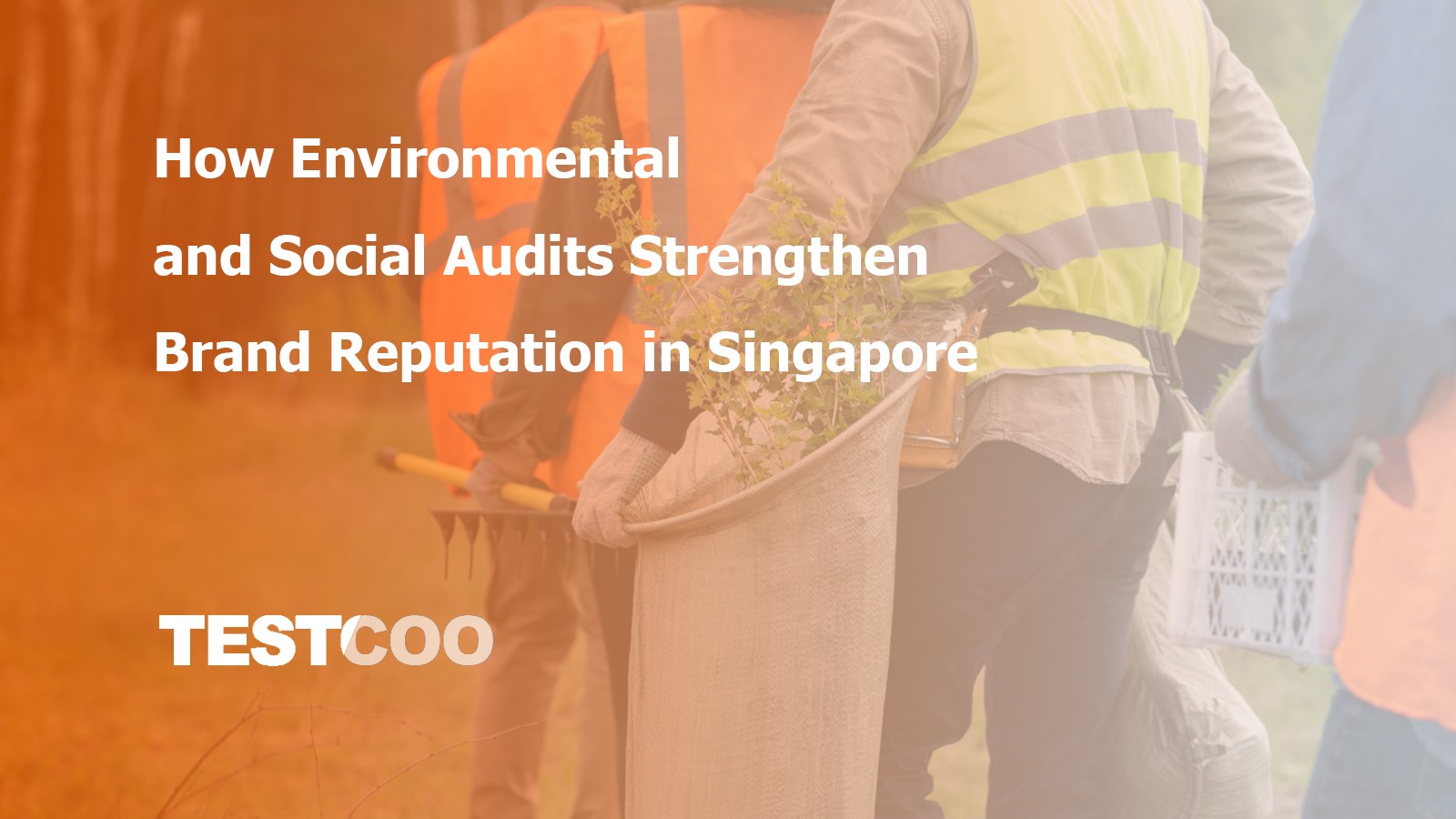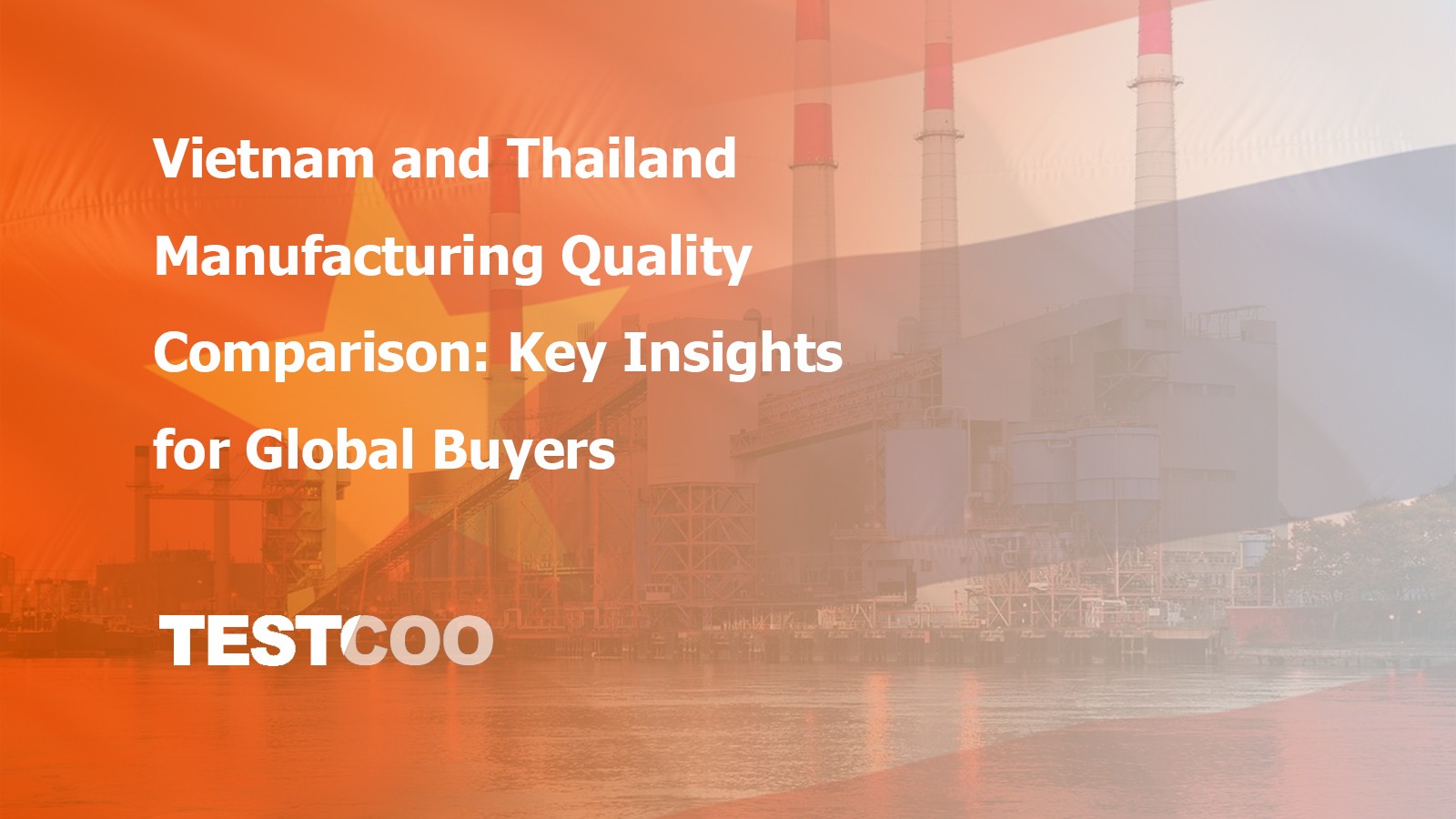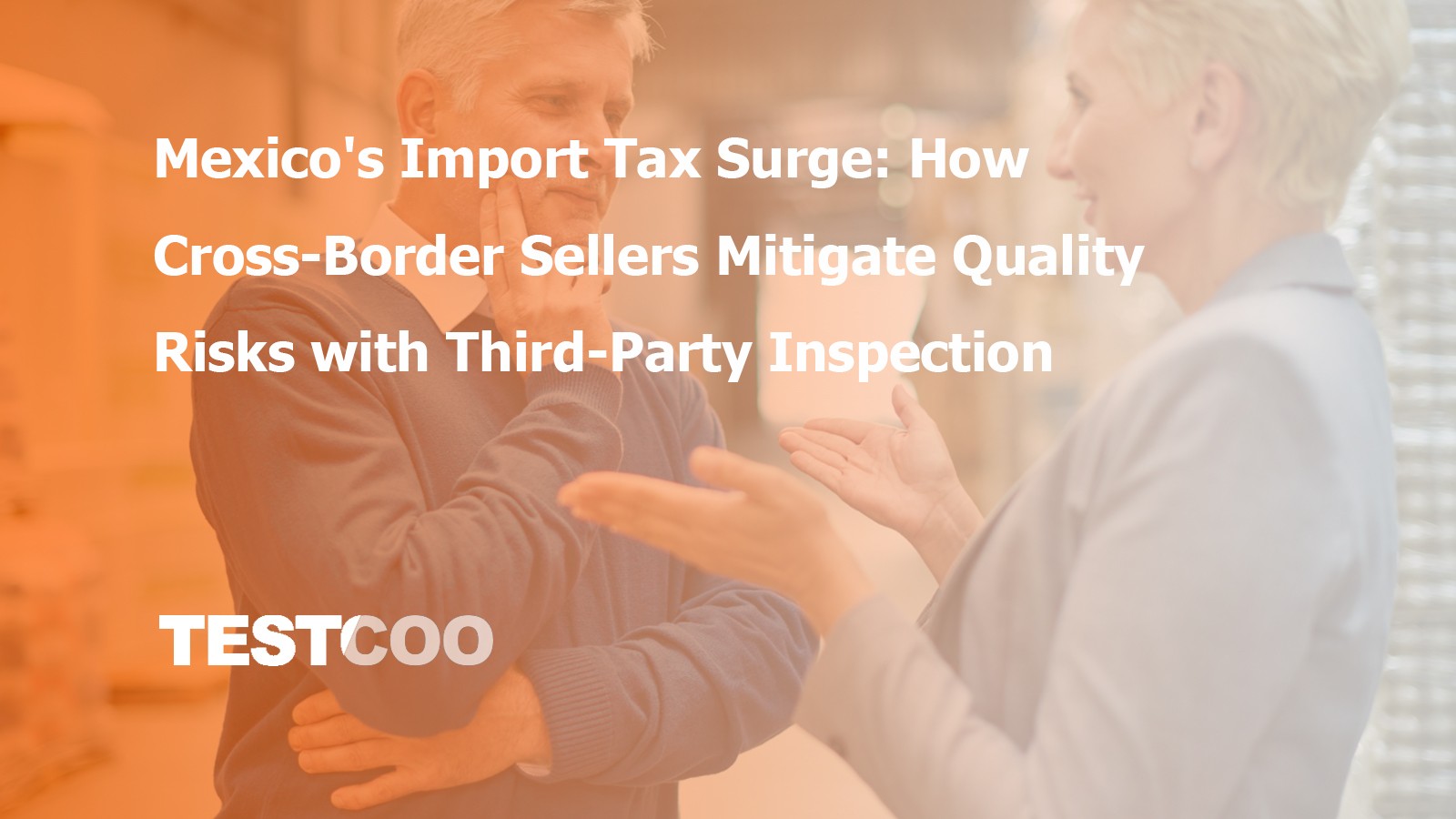Decoding 2025's Sustainability Audits: A Brand's Survival Guide
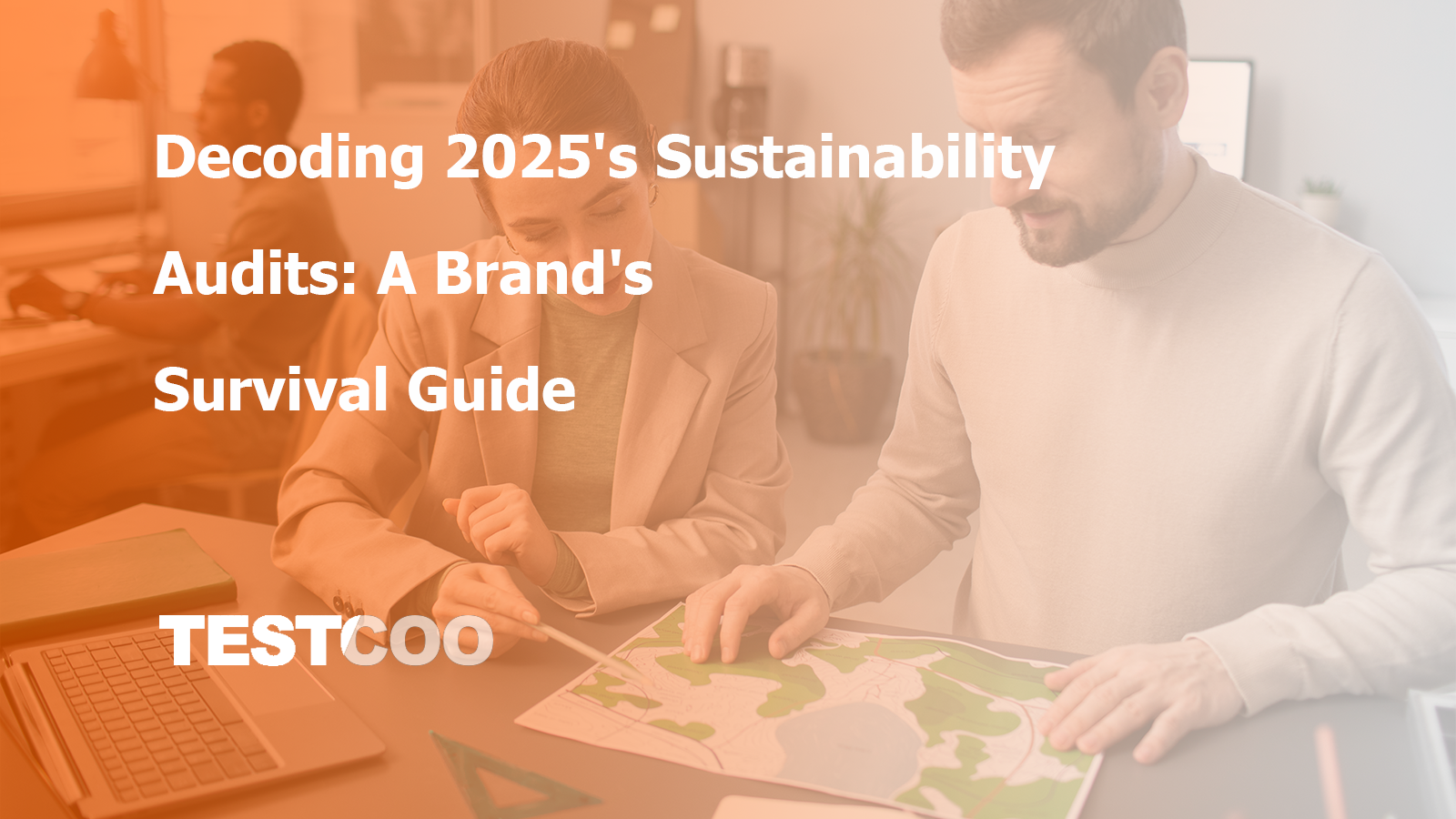
Moreover, regulatory bodies around the world are tightening the reins on environmental and social regulations. In the European Union, for example, new directives require brands to report their carbon emissions and waste management practices in detail. These regulatory pressures mean that brands can no longer afford to ignore sustainability; noncompliance can result in hefty fines and damage to their reputation.
The business world itself has also recognized the long-term benefits of sustainability. Brands that actively engage in sustainable practices often enjoy cost savings through energy-efficiency measures and waste reduction. Additionally, they tend to attract and retain top talent, as employees are increasingly drawn to companies with strong ethical values. This convergence of consumer, regulatory, and business interests has created a perfect storm, where sustainability audits are not just a "nice-to-have" but a necessity for brands aiming to thrive in 2025.
Core Elements Brands Must Prove
1. Environmental Stewardship
- Carbon Emission Reduction Goals and Achievements: Brands are expected to set ambitious carbon emission reduction targets in line with the Paris Agreement's goal of limiting global warming to well below 2°C. For instance, a clothing brand might aim to reduce its direct and indirect carbon emissions by 50% by 2025 compared to a 2015 baseline. To prove this, they need to provide detailed data on their annual carbon emissions, which can be measured through tools like carbon footprint calculators. These calculations should cover all aspects of their operations, from manufacturing facilities powered by fossil fuels (scope 1 emissions) to the energy used to run offices and distribution centers (scope 2 emissions), and even the emissions associated with their supply chain, such as raw material extraction and transportation (scope 3 emissions). Brands should also show the steps they have taken to achieve these reductions, such as investing in renewable energy sources like solar panels installed on factory rooftops or purchasing green energy certificates.
- Resource Utilization Efficiency: This includes efficient use of water, energy, and raw materials. A food and beverage company, for example, must demonstrate how it has optimized its water usage in production processes. This could involve implementing water-recycling systems in its bottling plants, reducing the amount of water needed per unit of product. In terms of energy, brands can prove their efficiency by showing upgrades to more energy-efficient equipment, like replacing old, energy-guzzling machinery with new models that meet high-efficiency standards. Regarding raw materials, they need to show efforts to use recycled or sustainably sourced materials. A paper-based product brand might source its paper from certified sustainable forests or use a high percentage of recycled paper in its products.
2. Social Impact and Labor Practices
- Fair Labor: Brands must ensure fair wages for all employees across their operations, including those in factories located in developing countries. This means paying at least the local living wage, which can be determined through research on the cost of living in each region. They also need to prove that working hours comply with international labor standards, typically limiting work to a maximum of 48 hours per week with appropriate rest periods. Brands should have in-place anti-discrimination policies in hiring, promotion, and day-to-day work, and be able to provide evidence of how these policies are enforced, such as through employee training programs on anti-discrimination and regular audits of workplace practices
Learn more about Fair Labor Standards Act (FLSA): Overview and History.
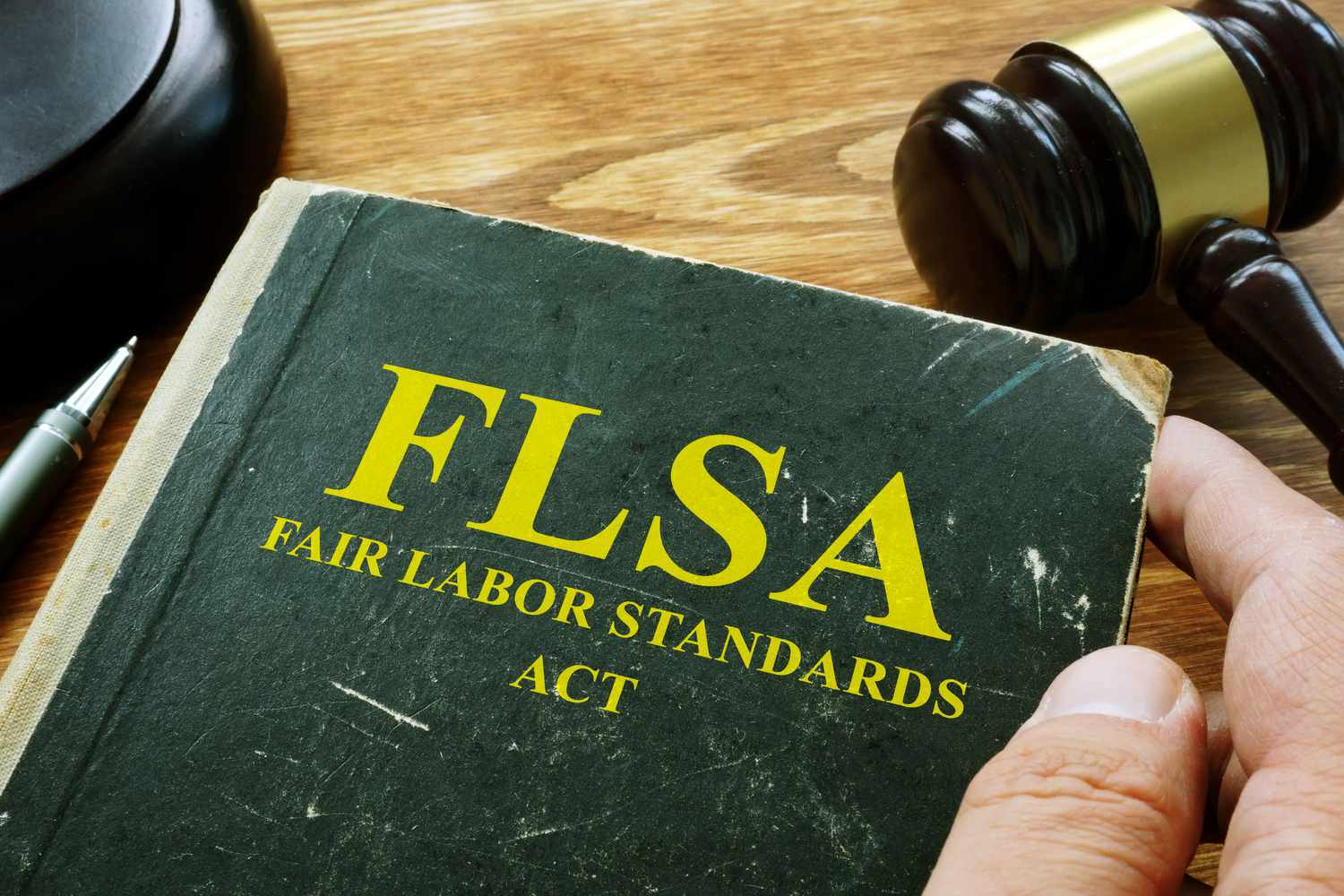
Community Development Contributions: A brand operating in a particular community can contribute to local education, healthcare, or infrastructure development. A beverage brand with a manufacturing plant in a rural area might fund the construction of a local school or provide scholarships for students. They can prove these contributions through official documentation of financial donations, partnerships with local community organizations, and reports on the impact of these initiatives, such as the number of students who have benefited from the scholarships or the improved access to education in the area due to the new school.
3. Ethical Sourcing and Supply Chain Transparency
- Sustainability of Raw Material Sources: Brands need to ensure that the raw materials they use are sourced in an environmentally and socially sustainable manner. A jewelry brand, for example, must prove that its gold is sourced from mines that follow responsible mining practices, such as minimizing environmental damage, ensuring the safety of miners, and not using child labor. This can be verified through certifications like the Responsible Jewellery Council (RJC) certification. For agricultural products, brands should ensure that the farms they source from follow sustainable farming practices, like reducing the use of harmful pesticides and promoting soil health.
- Supply Chain Information Disclosure: Brands are required to disclose information about their entire supply chain, from the first-tier suppliers who provide the raw materials to the last-mile delivery companies. This transparency allows consumers to see where their products come from and how they are made. A smartphone brand, for instance, should be able to show the location of all its component suppliers, the manufacturing facilities where the phones are assembled, and the logistics companies involved in transporting the products to stores. They can use technologies like blockchain to provide real-time, immutable records of the product's journey through the supply chain, ensuring that the information provided is accurate and trustworthy.
Real-World Examples of Brands Nailing It
Several brands have successfully navigated the sustainability audit landscape in 2025, setting a high standard for others to follow.
1. Patagonia
- Environmental Stewardship: The outdoor clothing brand Patagonia has long been a poster child for environmental sustainability. By 2025, they will have achieved a 70% reduction in their carbon emissions compared to their 2010 baseline. They have done this by investing heavily in renewable energy for their manufacturing facilities, using solar and wind power to run their factories. In terms of resource utilization, Patagonia has increased the use of recycled materials in their products to over 80%. Their iconic fleece jackets now use recycled polyester, which not only reduces the demand for virgin materials but also minimizes the environmental impact associated with polyester production.
- Social Impact and Labor Practices: Patagonia ensures that all their workers, both in-house and in their supply chain, are paid a fair wage. They conduct regular audits of their suppliers' factories to ensure compliance with fair labor practices. In addition, the brand has been actively involved in community development. For example, in the regions where their manufacturing plants are located, they have funded local environmental education programs, aiming to raise awareness about conservation among the local population.
- Ethical Sourcing and Supply Chain Transparency: The company sources its raw materials, such as cotton, from certified organic farms. This ensures that the cotton is grown without the use of harmful pesticides and in a way that promotes soil health. Patagonia also uses blockchain technology to provide complete transparency into its supply chain. Customers can scan a QR code on the product and access information about where the raw materials were sourced, how the product was made, and the environmental and social impact of each stage of production.
2. Unilever
- Environmental Stewardship: Unilever, a global consumer goods company, has made significant progress in reducing its environmental footprint. They have set a goal to make all their packaging fully recyclable, reusable, or compostable by 2025, and they are on track to achieve this target. In their manufacturing processes, Unilever has implemented water-saving technologies that have reduced their water usage per unit of product by 30% over the past decade. They are also investing in research and development to find more sustainable alternatives to traditional ingredients used in their products, such as palm oil, which has been associated with deforestation.
- Social Impact and Labor Practices: Unilever has a strong commitment to fair labor. They have a global code of conduct that all their suppliers must adhere to, which includes provisions for fair wages, safe working conditions, and the elimination of child labor. The company also invests in employee development, offering training programs and career advancement opportunities. In terms of community development, Unilever has numerous initiatives around the world. For instance, in Africa, they have partnered with local organizations to provide access to clean water and sanitation in rural communities, which has had a positive impact on public health.
- Ethical Sourcing and Supply Chain Transparency: Unilever sources many of its raw materials from small-scale farmers and producers, providing them with fair prices and support. They have also been working to increase the transparency of their supply chain. For example, for their tea products, they can trace the origin of the tea leaves back to the specific farms where they were grown, and they disclose this information to consumers. This level of transparency builds trust with consumers who are increasingly concerned about the ethical and environmental implications of their purchases.
These brands serve as excellent examples of how companies can meet the rigorous demands of 2025 sustainability audits. By prioritizing environmental stewardship, social impact, and ethical sourcing, they not only contribute to a more sustainable future but also gain a competitive edge in the market. Their success stories can inspire other brands to take similar steps and make sustainability a core part of their business strategy.
The Consequences of Falling Short
Failing to meet the requirements of sustainability audits in 2025 can have far-reaching and detrimental consequences for brands.
1. Reputational Damage
In the age of social media and instant information, negative news about a brand's lack of sustainability spreads like wildfire. Consumers today are quick to voice their dissatisfaction on platforms such as Twitter, Instagram, and Facebook. A brand that fails to prove its environmental stewardship, for example, by being found to have high and unaddressed carbon emissions, may be subject to a barrage of negative public comments. This can lead to a significant loss of trust among consumers. A study showed that once a brand's reputation is damaged due to sustainability issues, it can take an average of 3-5 years to regain the trust of consumers, if at all. For instance, when a fast - fashion brand was exposed for using large amounts of non-recyclable packaging and having a high - carbon - emitting supply chain, it faced a significant drop in its brand image, with many consumers vowing to stop purchasing from them.
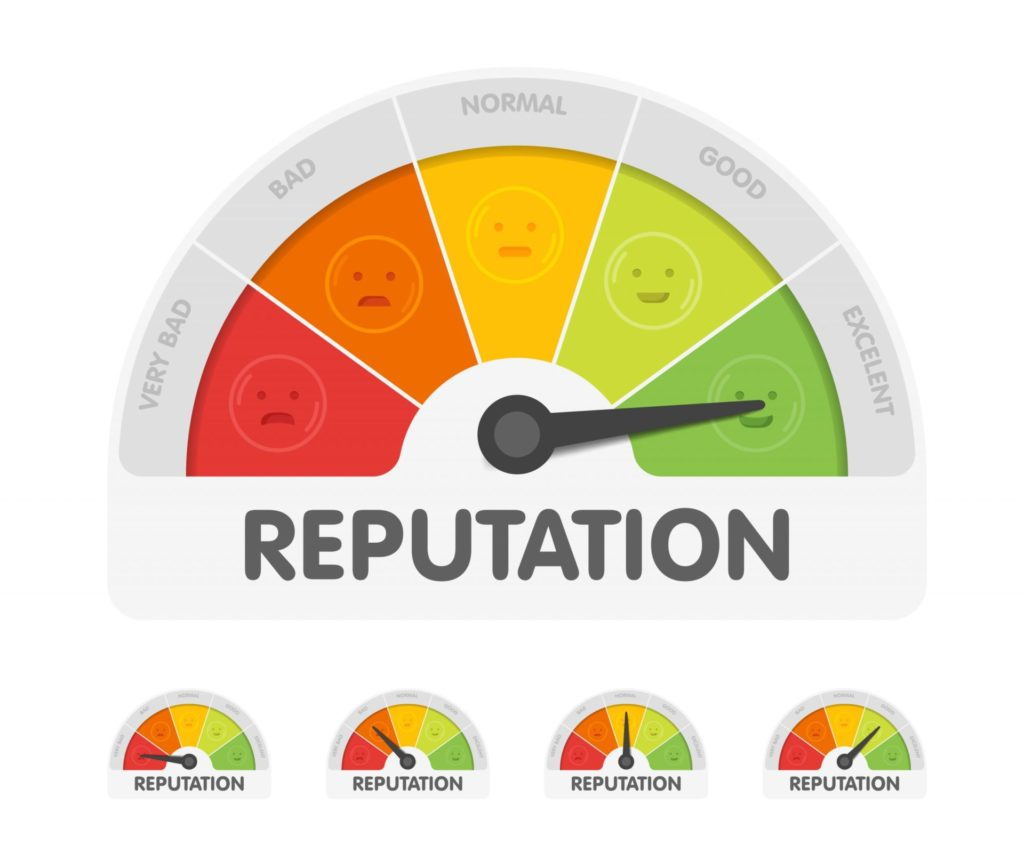
2. Market Share Decline
As consumers increasingly choose to support sustainable brands, those that do not meet the sustainability audit criteria risk losing market share to their more environmentally and socially conscious competitors. In the smartphone market, if a brand cannot prove ethical sourcing of its components or show efforts to reduce its environmental impact during manufacturing, it may find itself losing customers to competitors who can. Research in the consumer electronics sector revealed that over a two-year period, brands that lagged in sustainability saw their market share decline by an average of 10-15%, while sustainable competitors experienced growth. This trend is not limited to consumer electronics; it is prevalent across industries, from food and beverage to fashion and home goods.
3. Regulatory Penalties
With the tightening of environmental and social regulations, noncompliance can result in hefty fines and legal consequences. In the European Union, companies that do not meet the required carbon emission reduction targets can be fined up to a certain percentage of their annual turnover. For example, a large manufacturing company in Germany was fined millions of euros for failing to accurately report and reduce its carbon emissions as required by EU regulations. In addition to fines, brands may also face legal battles, which can be time-consuming and costly and further damage their reputation. These regulatory penalties not only impact the brand's bottom line but also disrupt its operations and strategic planning.
4. Investor Withdrawal
Investors are becoming more discerning about the sustainability practices of the brands they invest in. They understand that sustainable brands are more likely to be resilient in the long term and are less exposed to risks associated with environmental and social issues. A brand that fails a sustainability audit may find that investors lose confidence and withdraw their support. This can lead to a decrease in share prices and difficulties in raising capital for future growth and expansion. For example, a well-known energy company faced a significant sell - off of its shares when it was revealed that it had not met its promised sustainability targets, and investors became concerned about its long-term viability.
Learn more about company reputation damage here.
In summary, the consequences of falling short in sustainability audits in 2025 are severe and can have a cascading effect on a brand's success. Brands must take the requirements of these audits seriously to avoid these pitfalls and secure their future in the market.
At Testcoo, we understand the complexities of sustainability audits. Our team of experts can help brands navigate through the process, ensuring that they meet all the necessary criteria. From data collection and analysis to developing sustainable strategies, we offer comprehensive services tailored to your brand's specific needs. Contact us today to learn how we can support your brand's sustainability journey and help you avoid the negative consequences of failing a sustainability audit.
How Testcoo Can Assist Brands in Passing the 2025 Sustainability Audits
At Tesrcoo, we understand that the journey towards passing 2025 sustainability audits can be complex and challenging for brands. That's why we offer a comprehensive suite of services designed to support brands every step of the way.
1. Audit Consultation
Our team of experts is well-versed in the latest sustainability audit requirements. We provide in-depth consultation services, helping brands understand what exactly they need to prove in the audits. Whether it's deciphering complex environmental regulations or understanding social impact reporting standards, we break down the requirements into actionable steps. For example, we can help a brand interpret the new carbon emission reduction targets set by regulatory bodies and guide them on how to measure and report their emissions accurately. This initial consultation serves as a roadmap, allowing brands to plan their sustainability initiatives effectively.
2. Data Collection and Analysis
Accurate data is the foundation of a successful sustainability audit. Testcoo can assist brands in collecting relevant data across all aspects of their operations, from environmental metrics like energy consumption and waste generation to social data such as employee satisfaction and community development initiatives. We use advanced data collection tools and techniques to ensure that the data is reliable and comprehensive. Once collected, our analysts dive deep into the data, identifying trends, areas of improvement, and potential risks. For instance, through data analysis, we might discover that a brand's supply chain has a high risk area in terms of ethical sourcing, which can then be addressed proactively.
3. Sustainable Strategy Development
Based on the audit requirements and data analysis, we work with brands to develop customized sustainable development strategies. These strategies are tailored to the brand's unique business model, industry, and long-term goals. For a manufacturing brand, our strategy might focus on implementing energy-efficient technologies in their production processes, sourcing raw materials from more sustainable suppliers, and improving waste management systems. We also help brands set realistic short-term and long-term sustainability goals and create a timeline for achieving them. This strategic approach ensures that brands are not only compliant with the audit requirements but also on a path to long-term sustainable growth.
4. Supplier Audits and Management
Since supply chain transparency and ethical sourcing are crucial elements of sustainability audits, Testcoo offers supplier audit services. We assess the sustainability practices of a brand's suppliers, ensuring that they meet the required environmental, social, and ethical standards. This includes evaluating their production processes, labor practices, and environmental impact. If any issues are identified, we work with the brand to develop improvement plans for their suppliers. By managing the supply chain effectively, brands can enhance their overall sustainability performance and pass the audits with flying colors.
5. Training and Capacity Building
We believe that knowledge is power when it comes to sustainability. Testcoo provides training programs for brand employees at all levels, from the C-suite to front-line workers. These training sessions cover a wide range of topics, including sustainability principles, audit requirements, and how employees can contribute to the brand's sustainability goals in their day-to-day work. By building the capacity of the workforce, brands can ensure that sustainability becomes an integral part of their corporate culture, making it easier to implement sustainable practices and meet audit requirements.
6. Continuous Monitoring and Improvement
Sustainability is not a one-time effort but an ongoing journey. Testcoo offers continuous monitoring services, tracking a brand's sustainability performance over time. We regularly review the data, assess the effectiveness of the implemented strategies, and provide feedback on areas that need improvement. This continuous improvement approach allows brands to stay ahead of the curve, adapt to changing audit requirements, and continuously enhance their sustainability performance.
Our services at Testcoo are designed to be comprehensive, efficient, and cost - effective. We are committed to helping brands not only pass the 2025 sustainability audits but also become leaders in sustainable business practices. If you're a brand looking to navigate the complex world of sustainability audits, don't hesitate to reach out to us. Contact us today, and let's start your journey towards a more sustainable future.
Free Sample Report Performance Quality Control
Download a sample report to keep control of your supply chain!
Featured Articles
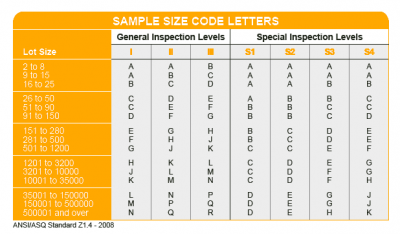 AQL Table | How to Read It
AQL Table | How to Read It TOP 10 Common Defects in Garments Quality Inspection
TOP 10 Common Defects in Garments Quality Inspection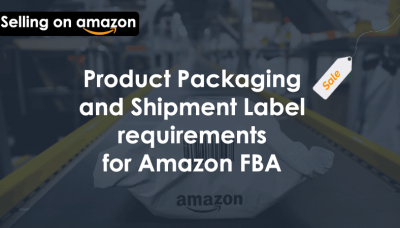 Product Packaging and Shipment Label requirements for Amazon FBA
Product Packaging and Shipment Label requirements for Amazon FBA What Is ASTM-F2413-18? Protective Footwear Standard
What Is ASTM-F2413-18? Protective Footwear Standard How to Conduct Third-Party Quality Control Inspections for Electric Scooters
How to Conduct Third-Party Quality Control Inspections for Electric Scooters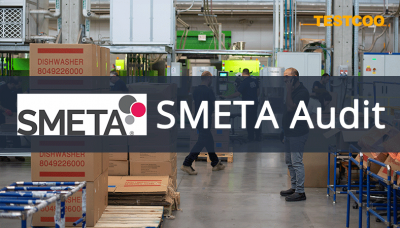 SMETA Audit-What is SMETA Audit?
SMETA Audit-What is SMETA Audit?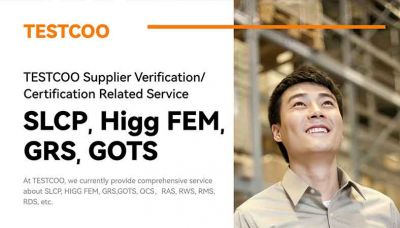 TESTCOO Supplier Verification/Certification Service SLCP, Higg FEM, GRS, GOTS
TESTCOO Supplier Verification/Certification Service SLCP, Higg FEM, GRS, GOTS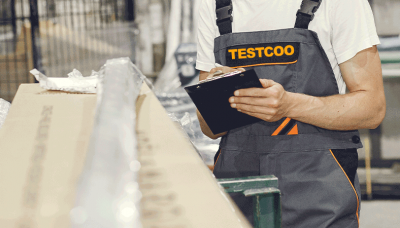 Quality Control Inspection Company in China
Quality Control Inspection Company in China What is Quality Inspection? A Complete Guide
What is Quality Inspection? A Complete Guide Guidelines for Product Inspection in India
Guidelines for Product Inspection in India
Category
- Production Inspection Service
- Factory Audit
- Softline Inspection
- Hardline Inspection
- Electrics Inspection
- Certification
- Checklist
- Manufacturers
- Quality Assurance Basics
- Products Recall
- AQL
- Guidence and Standard
- News
- Supplier Management
- Amazon
- Protective Equipment
- e-commerce quality control
- Indian Manufacturing
- Soft Goods Quality Control
- Supply Chain Management
- Supply Chain Resilience
- E-Commerce Quality Control
- ISO 2859
- Supply Chain Optimization
- Garment Industry
- Higg Index

